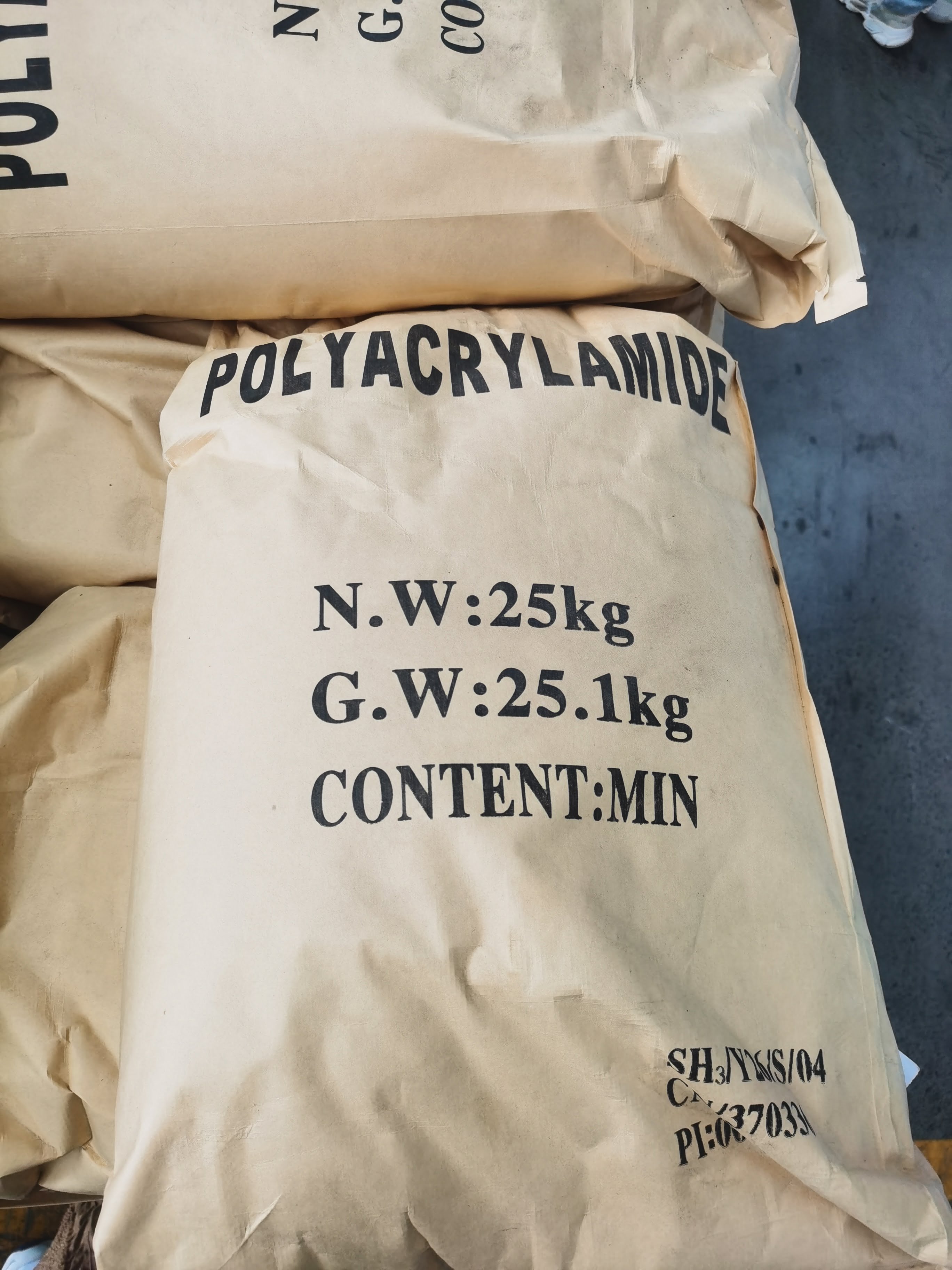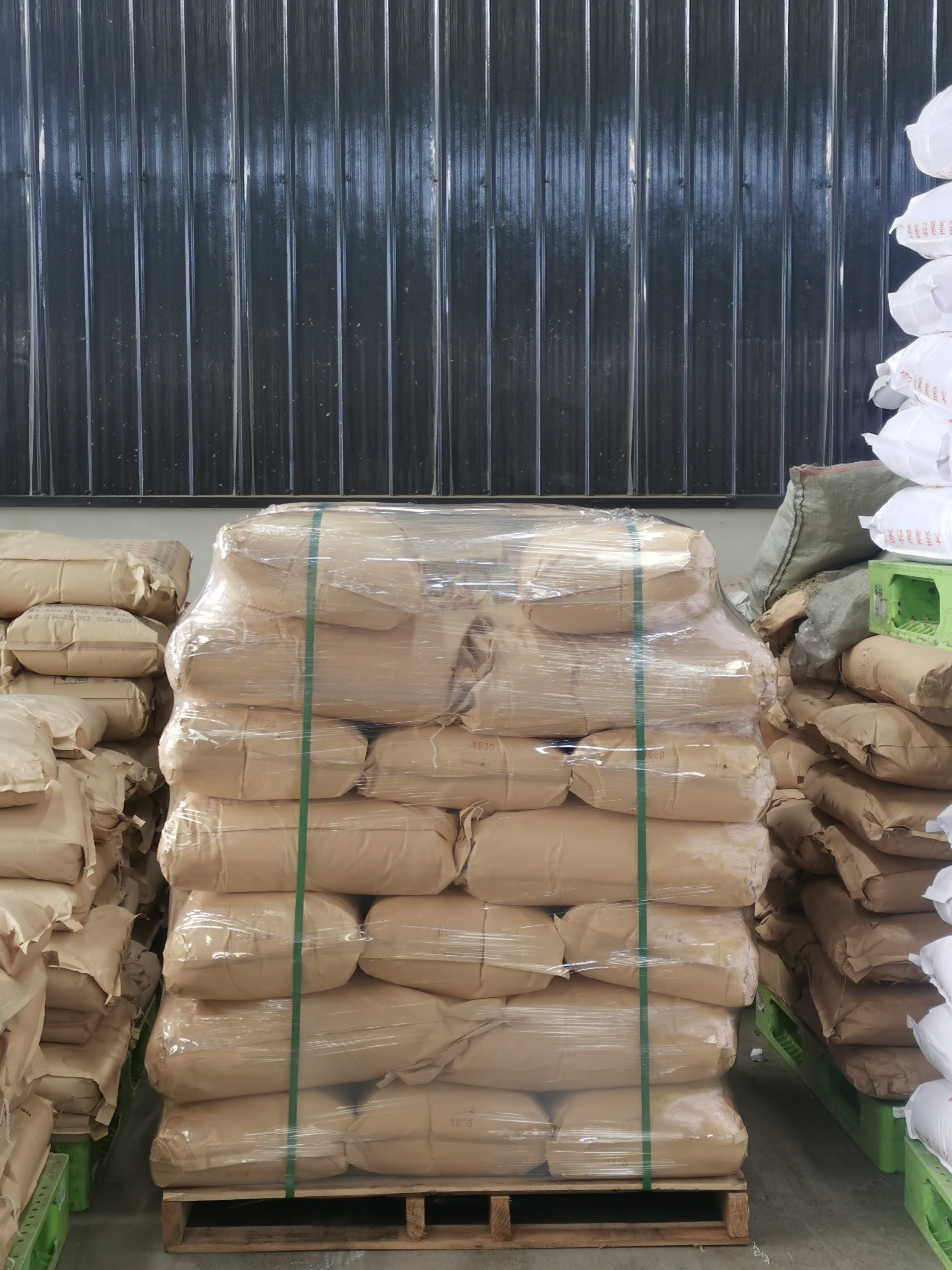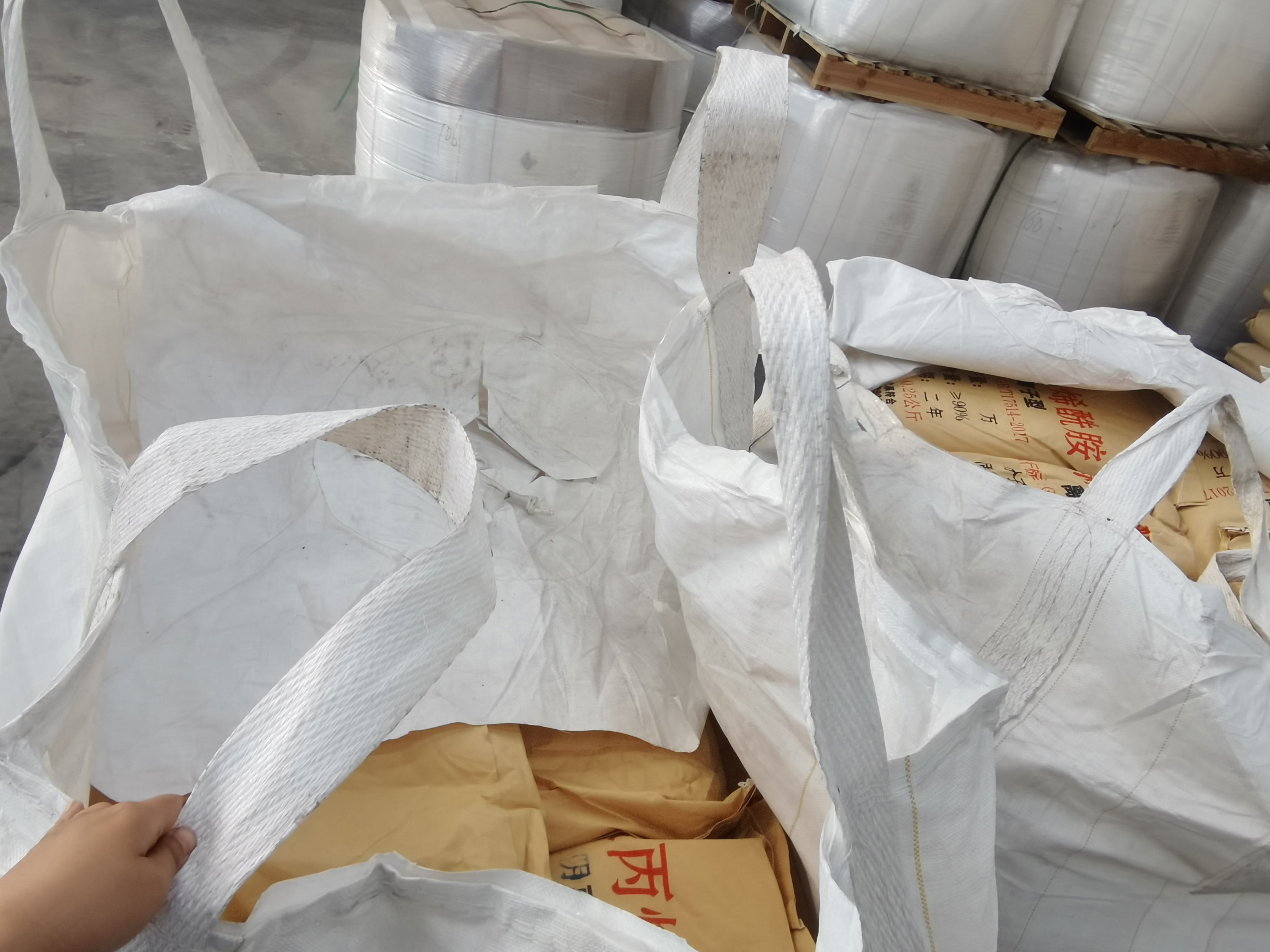The Key to The Selection of Sludge Dewatering Products
The selection of sludge dehydration products is the key, because there are many industrial units that produce sludge and sewage, and the product models selected by different industries are also different, so we should draw conclusions based on the nature of the water quality when selecting products. So, what factors should be considered in the selection of polyacrylamide products?




(1) Sludge is a product of sewage treatment. First of all, we should understand the source, nature, composition and solid content of sludge. According to the main components contained in sludge, sludge can be divided into inorganic sludge and organic sludge. Generally speaking, cationic polyacrylamide is used to treat organic sludge, and anionic polyacrylamide is used to treat inorganic sludge. Cationic polyacrylamide is not suitable for strong alkalinity, and anionic polyacrylamide is not suitable for strong acidity. When the solid content of the mud is high, the amount of polyacrylamide is usually larger.
(2) Selection of ionicity of cationic polyacrylamide: For all dewatered sludge, flocculants with different ionicity can be screened through small experiments to select the appropriate polyacrylamide, so that the best flocculant effect can be obtained, and the It can minimize the amount of dosing and save costs. The key to choosing ionicity is:
1. The size of the floc.
2. Flocculation strength (moisture content). The size of flocs: Too small flocs will affect the drainage speed, too large flocs will bind more water and reduce the degree of mud biscuit. The size and strength of flocs can be adjusted by selecting the molecular weight of polyacrylamide: the flocs should remain stable and not broken under shearing, and increasing the molecular weight or choosing a suitable molecular structure is conducive to improving the stability of flocs.
(3) Mixing of polyacrylamide and sludge: Polyacrylamide must fully react with sludge in a certain position of the dehydration equipment to cause flocculation. Therefore, the viscosity of the polyacrylamide solution must be suitable, and it can be fully mixed with the sludge under the existing equipment conditions. Whether the two are mixed evenly is the key factor for success. The viscosity of the cationic polyacrylamide solution is related to the molecular weight and the configuration concentration.
(4) Dissolution of cationic polyacrylamide: Only when it dissolves well can it play a role in flocculation. Sometimes it is necessary to speed up the dissolution rate. At this time, it may be considered to increase the concentration of the solution, because the production cost of PAM itself is relatively high, and it also increases the cost of use for the application in the water treatment industry.
